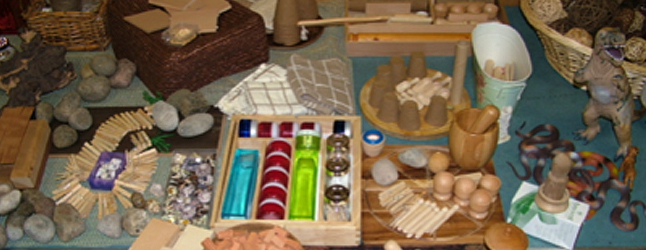
| Early Years Professional Status Network Event: About Loose Parts |
Simon Nicholson, an architect developed his theory of loose parts in the 1970s. At that time, architects and designers were encouraging the involvement of children in designing and planning environments for play. The Theory of Loose Parts says that ‘in any environment, both the degree of inventiveness and creativity, and the possibility of discovery, are directly proportional to the number and kinds of variables in it’ (Taylor. C Foundations of Playwork). In simple terms children are creative, the more access they have to these materials the more flexible the opportunities for them to explore, discover, invent, investigate, create, be curious….. Loose parts are objects and materials that children can carry from one space to another, indoors or outdoors. Loose parts are open-ended and can be used in ways that children want to use them and not in pre-determined/defined ways. Offering children loose parts encourages and supports the development of imagination, they can make their own decisions and choices, their ideas are unique and meaningful. There is no one way to use the material- children will be creative in their own ways. Combining loose parts with the range of other more traditional early years core resources- paint, sand, water, cornflour etc- enhances the quality of play and learning for children. Differentiation is immediately addressed as children use the materials in many different ways and on many levels - in ways that make sense to them. Loose parts enable adults to observe and see what children do as they move objects and materials from place to place, line them up, contain them, build/construct, connect and manipulate them in many creative ways. As children’s learning becomes less tangible, loose parts gives us insight into children’s thinking processes as the materials allow them to give full expression to thoughts, ideas, concepts and understanding. In early years we usually refer to loose parts as open-ended materials. These materials further excite and stimulate a child’s natural inclination to learn, by allowing them to deeply engage in what interests them at a level that is accessible yet still challenging. They encourage and support children’s explorations, nurture their curiosity and support them in creatively taking all areas of their play, learning and development forward. The loose parts theory gives us an opportunity to develop a far more tangible way of understanding the notion of open-endedness. |
| Page 2 of 2 | Previous: Raw Materials and Loose Parts |